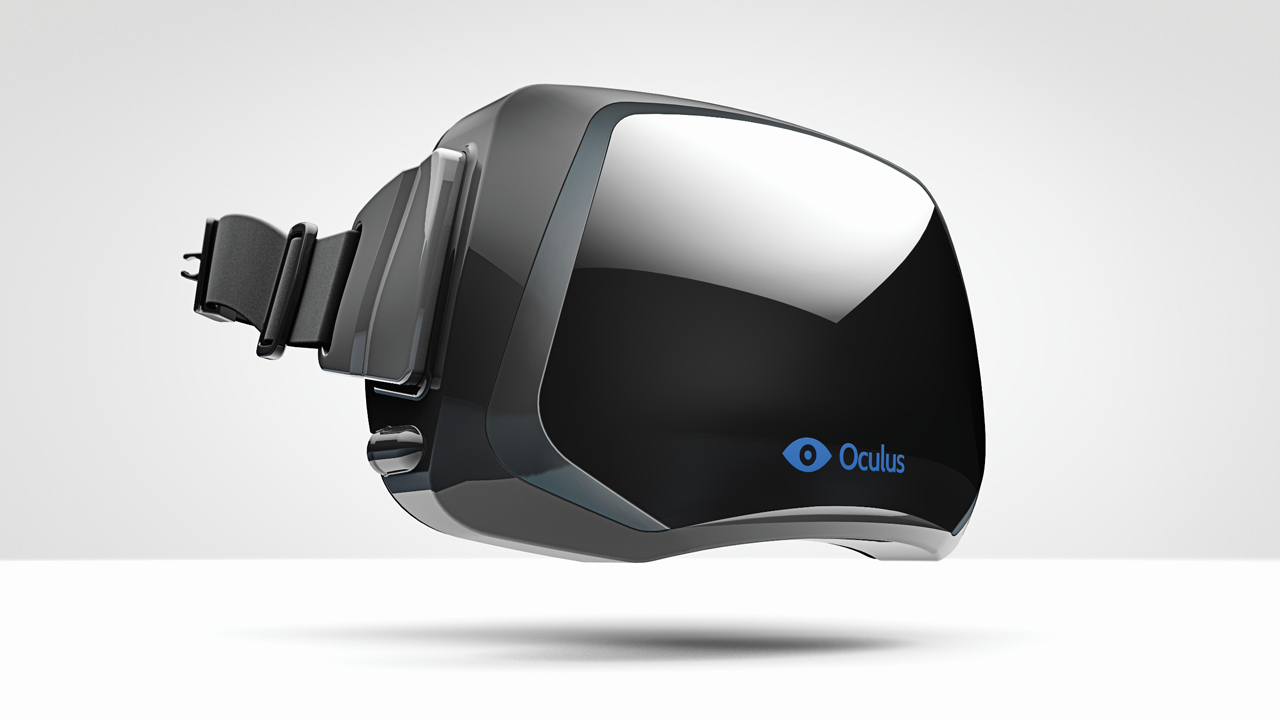PocketCake is working with some of the nation's top architectural and engineering companies, converting their 3D models into stunning virtual reality simulations using the Oculus Rift.
PocketCake's simulations offer first-person interaction from the comfort of a laptop. You are in the driver's seat. From homes and churches to stadiums and fairgrounds, nothing enhances a client's - or an architect's - conception of a project better than virtual reality.
Instead of an abstract blueprint process, a virtual reality simulation ensures your concepts look exactly as you envisioned them. For a price that's comparable to traditional architectural illustrations, a prospective client can have an immersive 3D experience in which they inhabit real space, walking wherever they like.
BIM technology, once a rarity in the architectural industry, is now mainstream as a majority of buildings are crafted digitally. Virtual reality is the next logical step for BIM. PocketCake can also convert point cloud data into a mesh that's usable in a virtual reality environment.
PocketCake is currently developing a proprietary product called VRSCA (Virtual Reality Simulation Converter Assembly), which will allow architects and engineers to easily navigate up to four people through a virtual space at the same time and host up to 32 viewers remotely.
PocketCake, founded in November 2012, specializes in virtual reality simulations and custom mobile app development.

The firm uses the Oculus Rift virtual reality headset to immerse clients in project designs.
Related Stories
| May 25, 2011
Developers push Manhattan office construction
Manhattan developers are planning the city's biggest decade of office construction since the 1980s, betting on rising demand for modern space even with tenants unsigned and the availability of financing more limited. More than 25 million sf of projects are under construction or may be built in the next nine years.
| May 25, 2011
Olympic site spurs green building movement in UK
London's environmentally friendly 2012 Olympic venues are fuelling a green building movement in Britain.
| May 25, 2011
TOTO tests universal design at the AIA conference
If you could be 80 years old for 30 minutes—and have to readjust everything you think you know about your own mobility—would you do it?
| May 20, 2011
Hotels taking bath out of the bathroom
Bathtubs are disappearing from many hotels across the country as chains use the freed-up space to install ever more luxurious showers, according to a recent USAToday report. Of course, we reported on this move--and 6 other hospitality trends--back in 2006 in our special report "The Inn Things: Seven Radical New Trends in Hotel Design."
| May 19, 2011
BD+C’s "40 Under 40" winners for 2011
The 40 individuals profiled here are some of the brightest stars in the AEC universe—and they’re under the age of 40. These young architects, engineers, contractors, designers, and developers stood out among a group of 164 outstanding entrants in our sixth annual “40 Under 40” competition.
| May 18, 2011
Sanford E. Garner on the profitability of being diverse
Sanford E. Garner, AIA, NOMA, LEED AP ND, NCARB, founding partner and president of A2SO4 Architecture, LLC, Indianapolis, on gentrification, the profitability of being diverse, and his goals as NOMA president.
| May 18, 2011
8 Tips for Designing Wood Trusses
Successful metal-plate-connected wood truss projects require careful attention to detail from Building Team members.
| May 18, 2011
Major Trends in University Residence Halls
They’re not ‘dorms’ anymore. Today’s collegiate housing facilities are lively, state-of-the-art, and green—and a growing sector for Building Teams to explore.
| May 18, 2011
Former Bronx railyard redeveloped as shared education campus
Four schools find strength in numbers at the new 2,310-student Mott Haven Campus in New York City. The schools—three high schools and a K-4 elementary school—coexist on the 6.5-acre South Bronx campus, which was once a railyard.
















